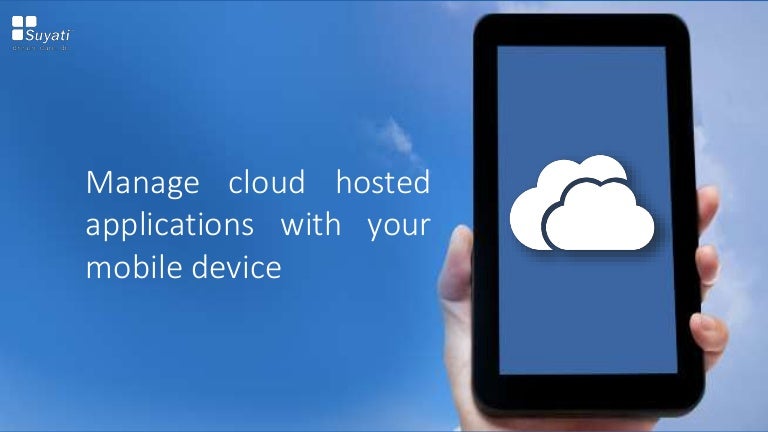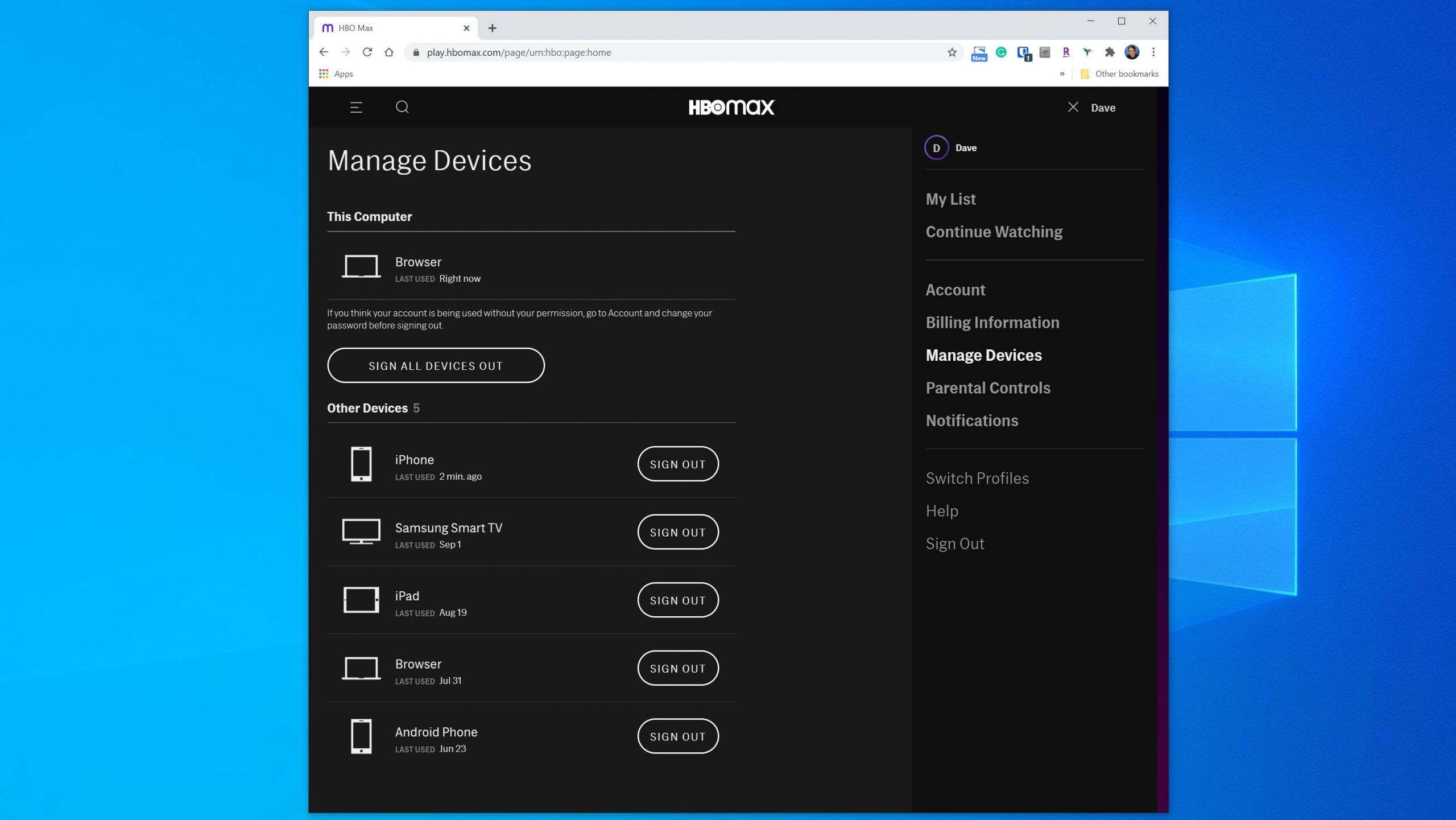

"Most of my recommendations for securing employee devices come as sensible defaults with Kolide-things like making sure the application firewall is turned on, making sure disk encryption is turned on, requiring a password to access the computer once the screen has been locked, monitoring application installation, browser extension installation, and so on. It even sends Slack messages instructing individual employees what they need to do to comply. Alma uses Kolide, which helps everyone at Workona comply with their security measures. Once you have your security protocols in place, you can use an endpoint security tool to keep everyone compliant. They provide extra security when you have employees working outside of your workplace. Virtual private networks (VPNs) send your data through a private server to add a layer of network protection. Popular enterprise mobility management apps include Jamf and Miradore. John and Alma recommended installing enterprise mobility management software, which handles and enforces security policies on mobile devices (and sometimes desktop, too). (Me? Never.) Your best bet to protect your data is to integrate security methods into every stage of device ownership. Many of us have accidentally pasted our passwords in the group chat. Enterprise mobility management softwareĮmployee devices can provide some degree of data security risk, even when your team members mean well. Zapier is a no-code automation tool that lets you connect your apps into automated workflows, so that every person and every business can move forward at growth speed.


Here are a few examples, but it'll work with any of thousands of apps. Some of these apps even integrate with Zapier, so you can streamline your IT onboarding processes. Some popular apps in the category are SolarWinds, Reftab, and EZOfficeInventory. These programs create an inventory of IT assets like devices and track their maintenance needs. You can also set up dedicated IT asset management software. "You sign up for enterprise management services, source the devices, enroll the devices, set device management policies, set app policies, and optionally set access control," he explains. John suggests using Google Workspace Admin to manage computers and smartphones.
MANAGE APPS AND DEVICES SOFTWARE
You could use a trusty spreadsheet to track all your assigned devices, but there's also dedicated software for this purpose. But if you have the right tools in place, you can let the robots sweat the small stuff while you think about big picture IT management. The 7 tools you need for device and account managementĭevice and account management are anything but simple.
MANAGE APPS AND DEVICES UPDATE
You could provide employees with devices that already have software, then provide links any time they need to update or add a new app. Since managing software is an ongoing process, you might end up using a combination of both strategies.

This strategy minimizes user error, but your team members might not know all the apps they have on their computers to update. Set up all your software on a device before giving it to an employee. This approach primes the employee for regular updates in the future, but it can also lead to more back-and-forth with IT. When you onboard a new employee, provide them with all the installation links and software keys they need to set up. John offered two strategies to get your employees set up with the right software: When you have team members working on your hardware, establishing protocols for software setup will save you time and confusion. Then, set up processes for installing software For that reason, Workona assigns only laptops and asks employees to register them with an endpoint security tool (more on that later). As such, there is very little sensitive data on our employee devices save for IP," Alma says. "We're a small company that relies heavily (almost primarily) on cloud software and services. Alma's team at Workona has pretty light requirements for assigning devices due to their reliance on cloud software. If security is your primary motivation behind assigning devices, consider where you keep your company's data. Use your discretion: tracking every tablet stylus might keep you accountable if your team loses them often, but it's overkill for other workplaces. John offered a whole slew of ideas for devices to assign, from interactive flat panel displays (IFPDs) and graphics cards to pointing sticks and light pens. And don't be afraid to get super-specific.


 0 kommentar(er)
0 kommentar(er)
